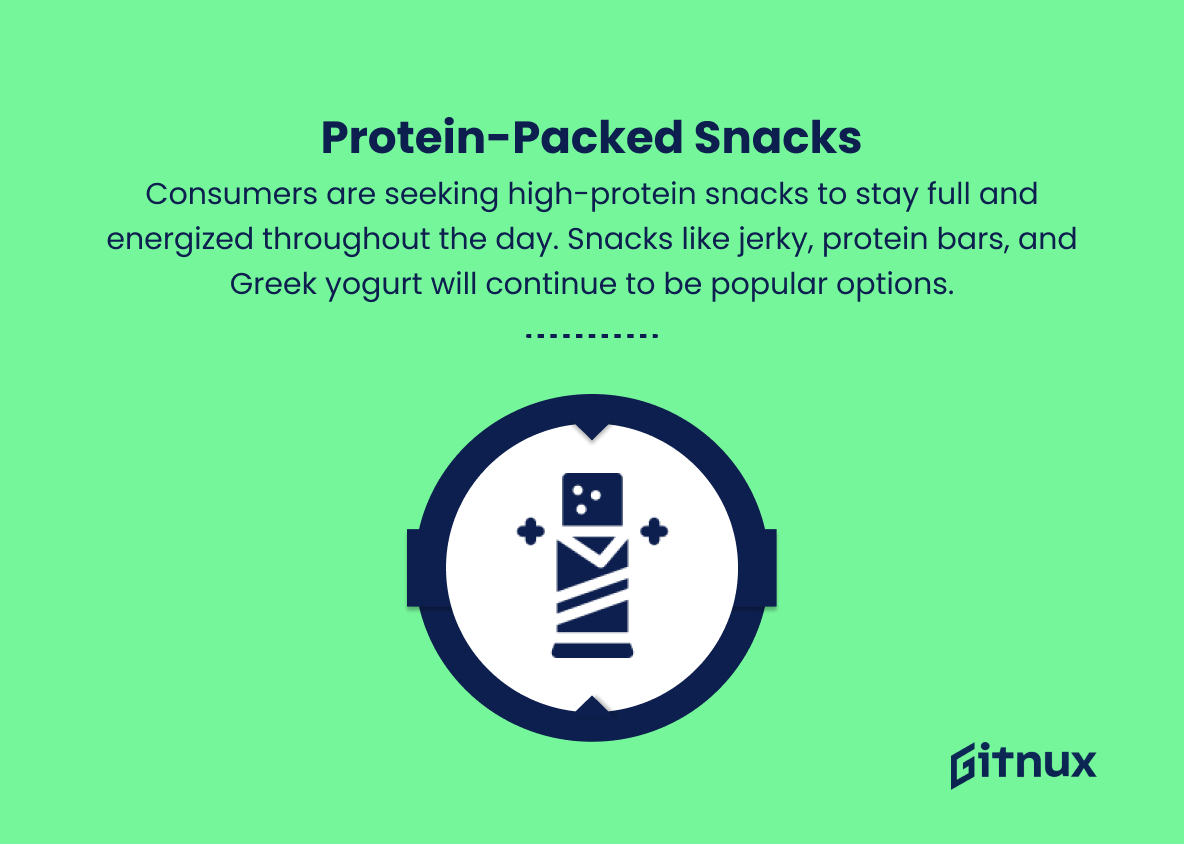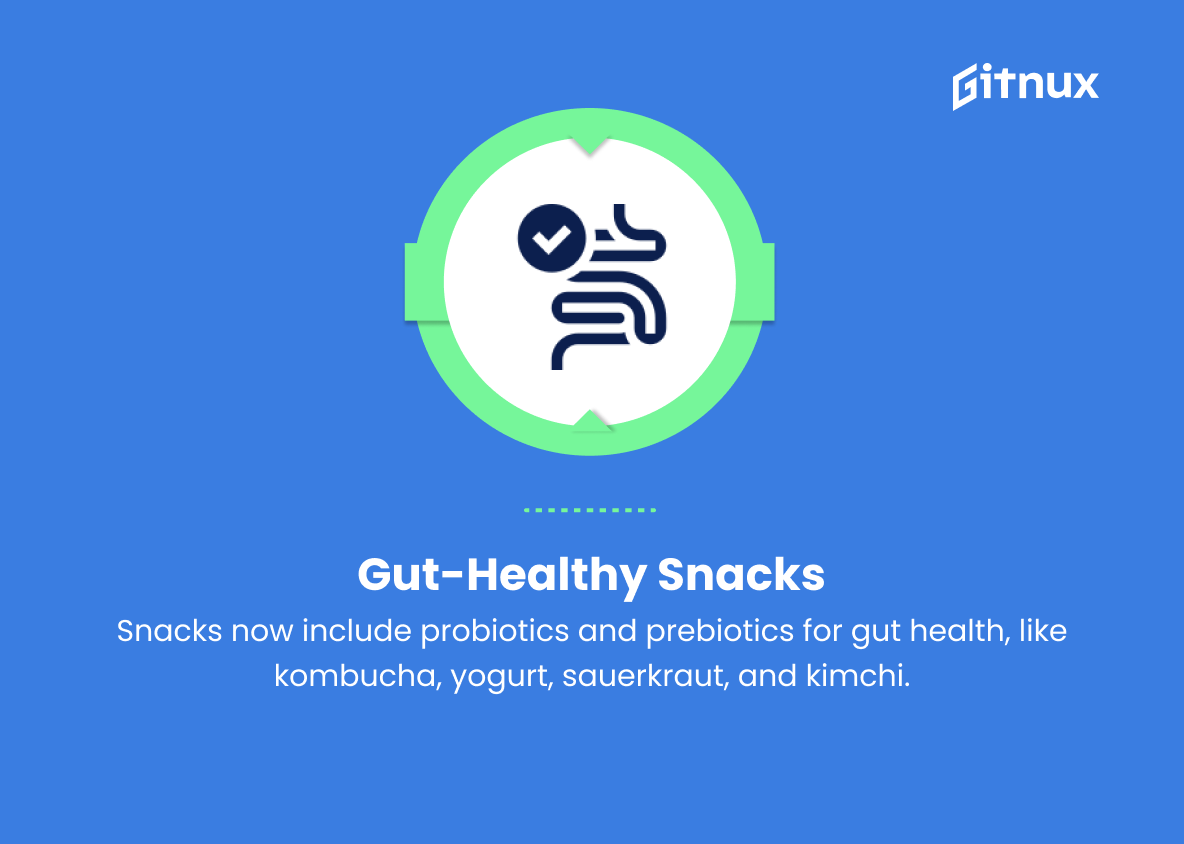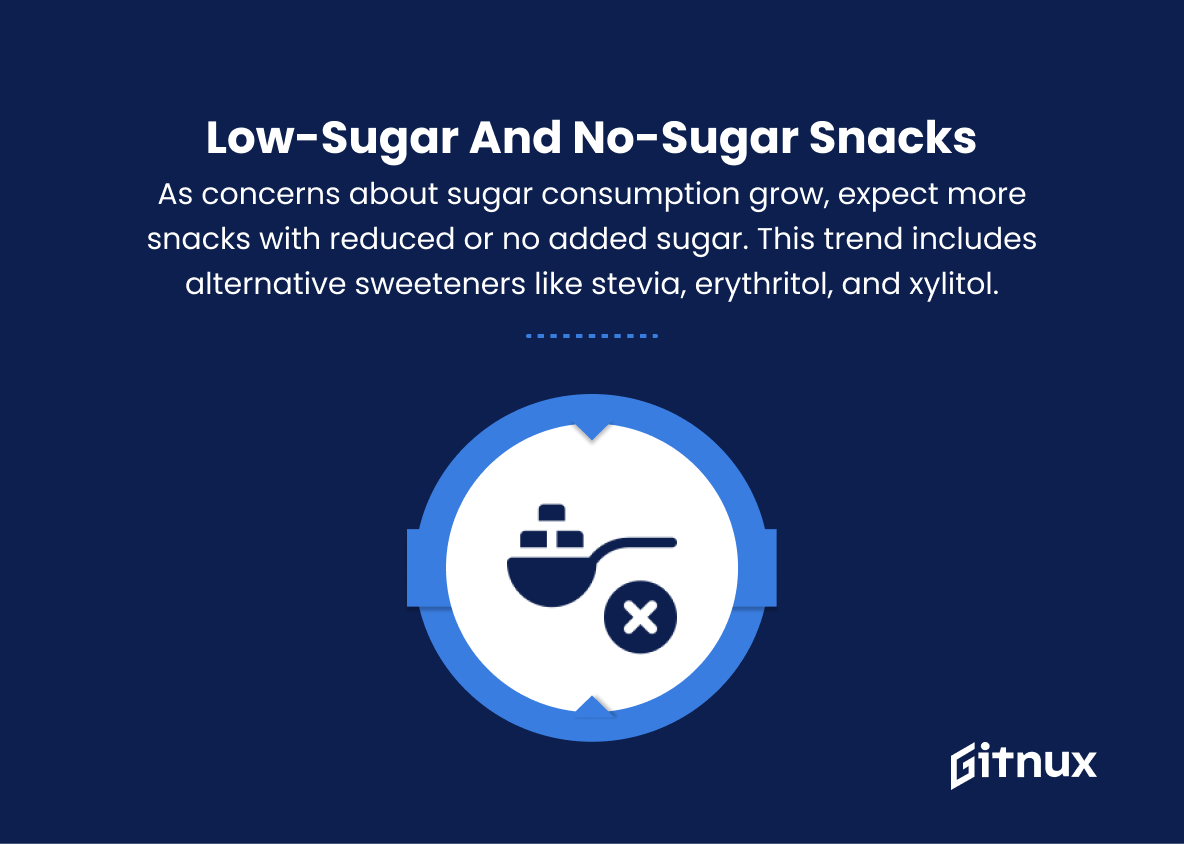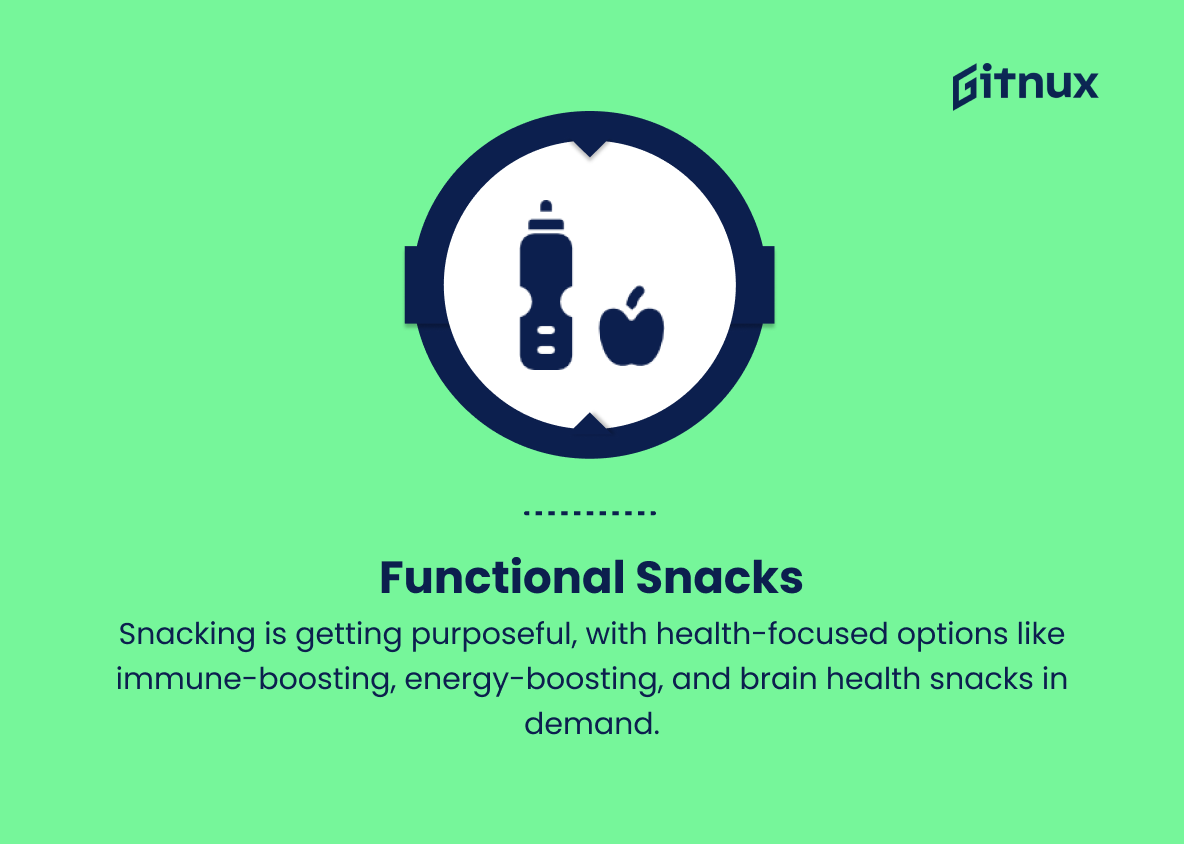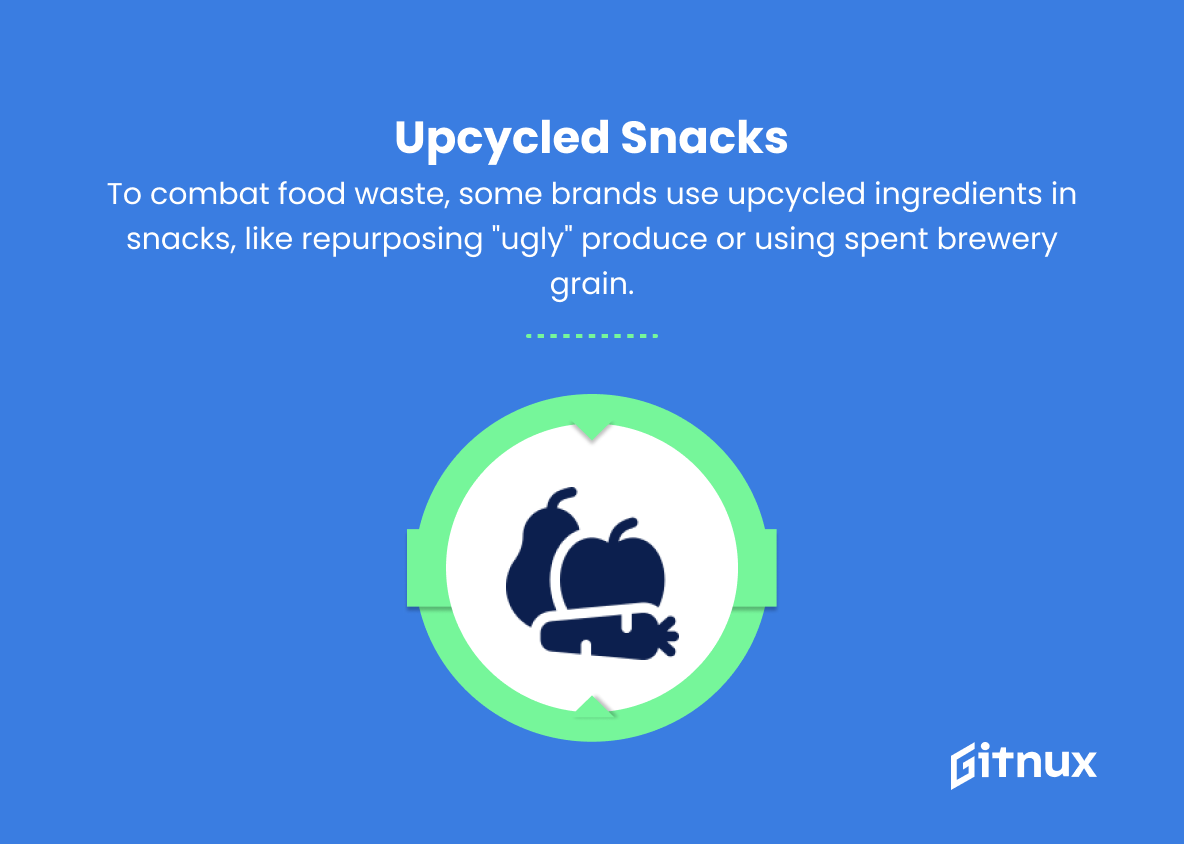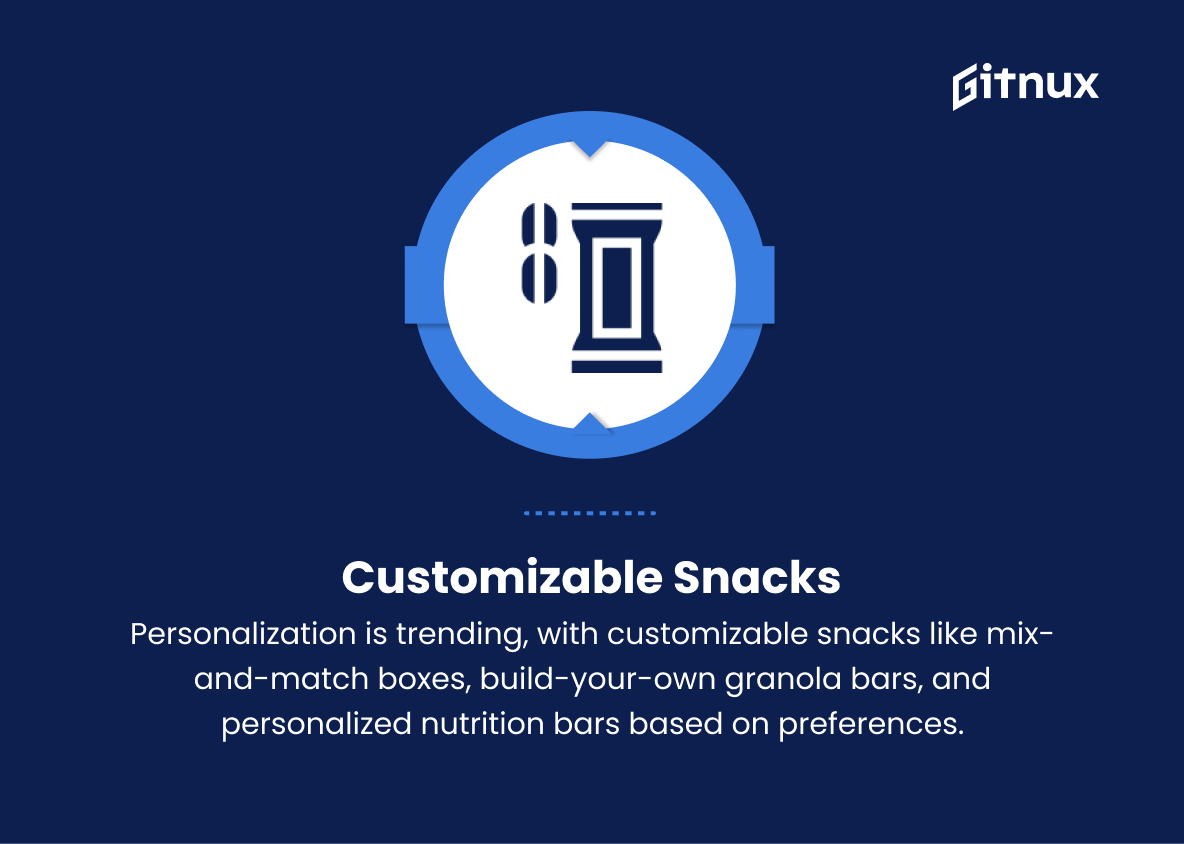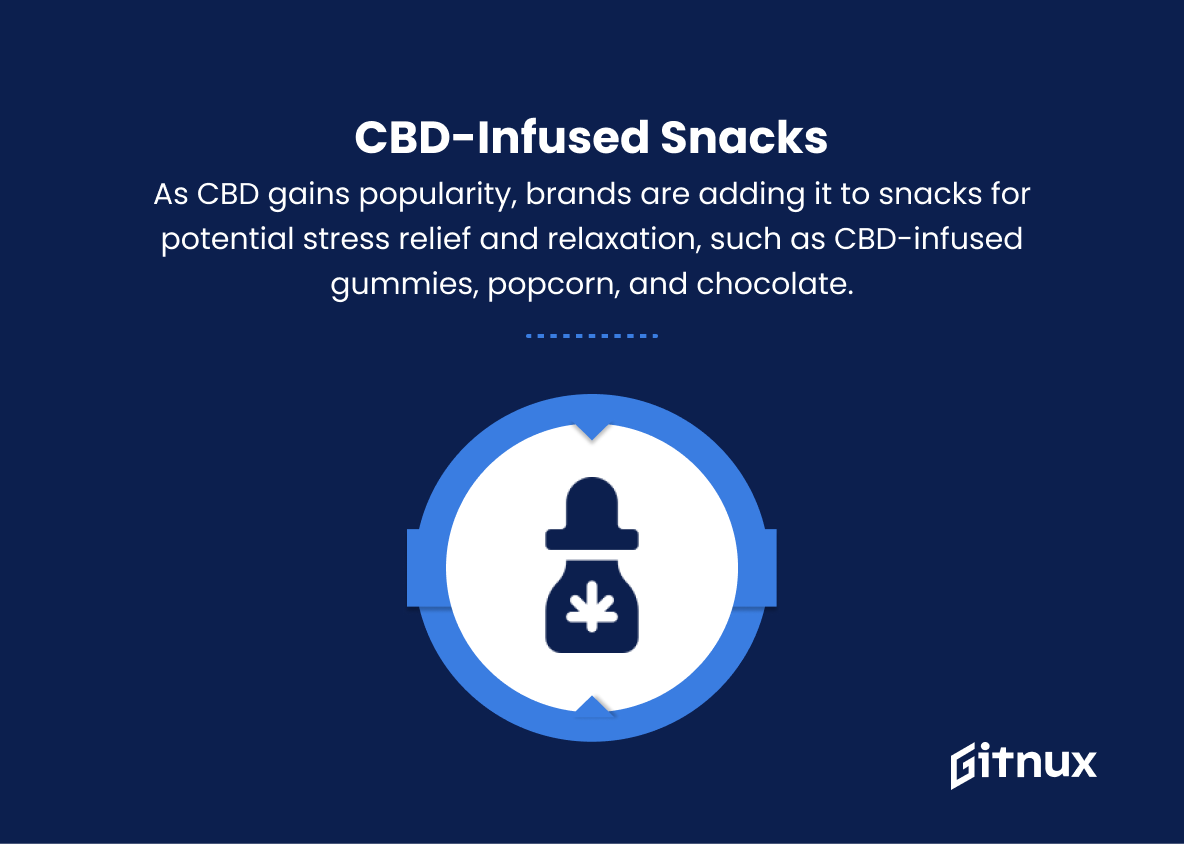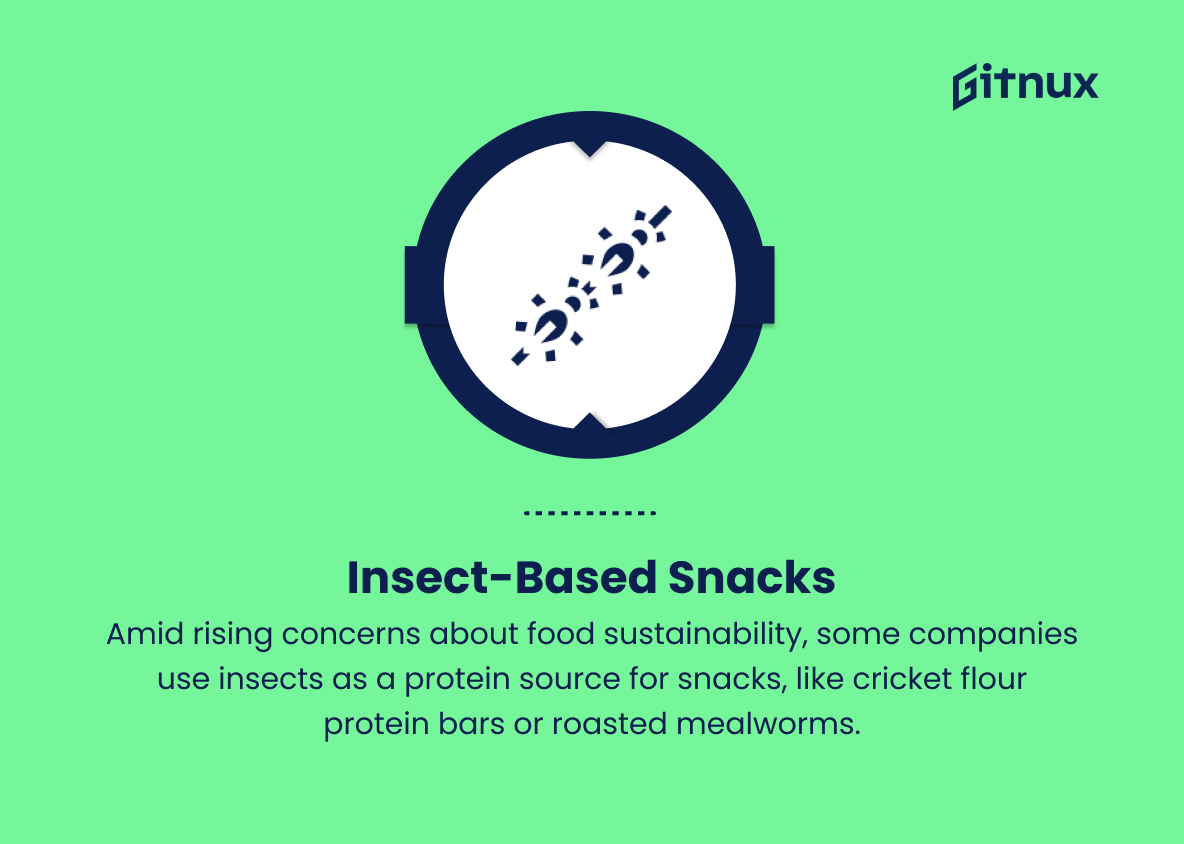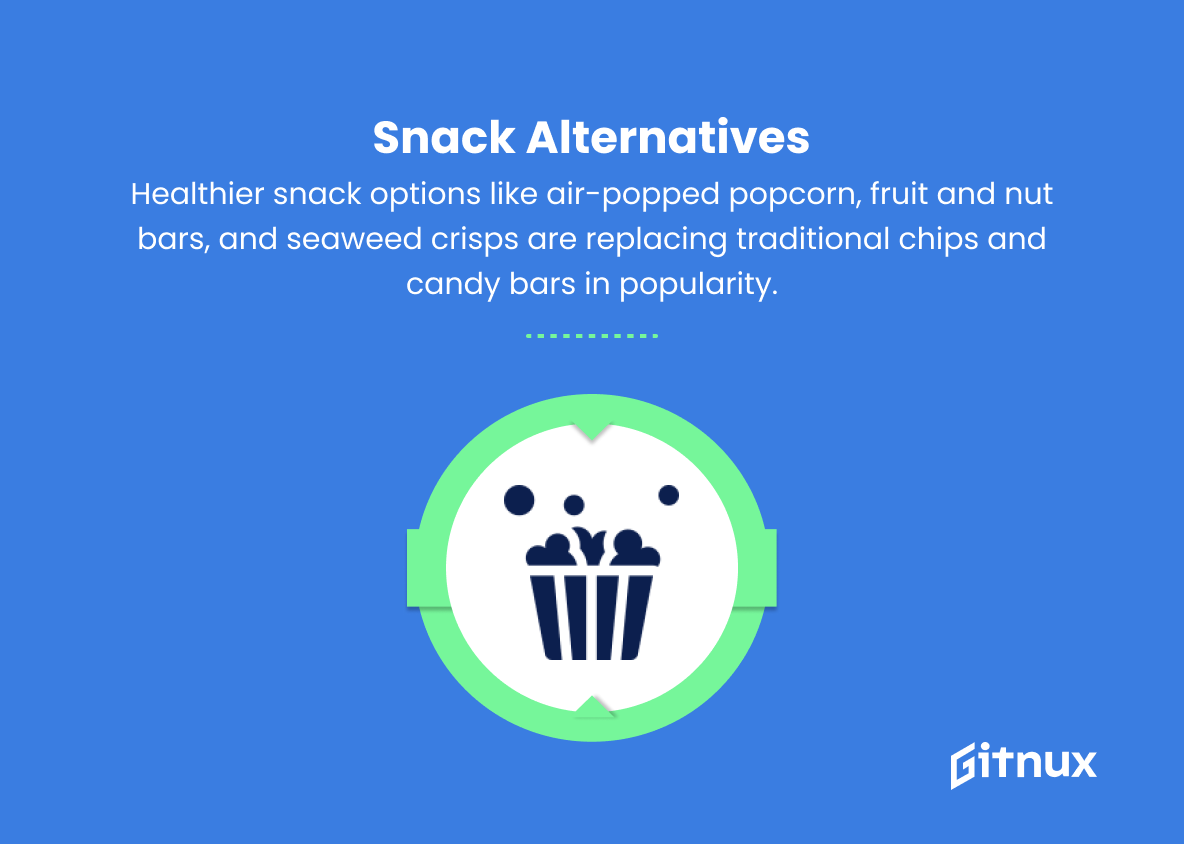In an increasingly fast-paced world, on-the-go meals and quick bites have become an essential component of our daily routine, transforming snacking from an occasional indulgence into a momentous trend. With this shift, a growing number of health-conscious consumers are seeking more than mere convenience in their snacks; they desire nutritious and flavorsome options that align with their lifestyle and dietary preferences. In this insightful blog post, we’ll delve into the latest snacking trends that are taking the food industry by storm, explore the driving forces behind their popularity, and examine the impact these innovative alternatives have on our dietary choices and overall well-being. Stay with us as we unwrap the surprising developments reshaping the snacking landscape and unearthing new opportunities for health-minded individuals and food businesses alike.
Top Snacking Trends
1. Plant-based snacks
As more people adopt plant-based diets, expect a rise in snacks made from vegetables, seeds, nuts, and fruits. Examples include veggie chips, kale crisps, and roasted chickpeas.
2. Protein-packed snacks
Consumers are seeking high-protein snacks to stay full and energized throughout the day. Snacks like jerky, protein bars, and Greek yogurt will continue to be popular options.
3. Gut-healthy snacks
Probiotics and prebiotics are being incorporated into snacks to promote a healthy gut. Some examples include kombucha, yogurt, and fermented foods like sauerkraut or kimchi.
4. Low-sugar and no-sugar snacks
As concerns about sugar consumption grow, expect more snacks with reduced or no added sugar. This trend includes alternative sweeteners like stevia, erythritol, and xylitol.
5. Functional snacks
Snacking is becoming more purposeful, with consumers seeking snacks that offer specific health benefits. Examples include immune-boosting snacks, energy-boosting snacks, and snacks for brain health.
6. Upcycled snacks
In an effort to reduce food waste, some brands are using upcycled ingredients in their snack products. This could include repurposing “ugly” fruits and vegetables or using spent grain from breweries.
7. Customizable snacks
Personalization is a growing trend, with companies offering customizable snack options. This could include mix-and-match snack boxes, build-your-own granola bars, or personalized nutrition bars based on individual preferences.
8. Global flavors
Consumers are increasingly seeking snacks with bold, exotic flavors from around the world. Examples include spicy snacks, ethnic-inspired chips, and hummus dips with unique and colorful ingredients.
9. Packaging innovation
As sustainability becomes more important, brands are exploring eco-friendly packaging options for their snack products. This could include using recyclable materials or reducing packaging waste.
10. CBD-infused snacks
With the growing popularity of CBD products, many brands are incorporating CBD into their snacks for potential stress-relief and relaxation benefits. Examples include CBD-infused gummies, popcorn, and chocolate.
11. Insect-based snacks
As global concerns about food sustainability continue to rise, some companies are turning to insects as a protein source for snacks. Examples include cricket flour protein bars or roasted mealworms.
12. Snack alternatives
Healthier alternative snacks will continue to grow in popularity, with options like air-popped popcorn, fruit and nut bars, or seaweed crisps replacing traditional potato chips and candy bars.
Implications
In the coming years, we will witness a transformation in the snacking industry, catering to consumers’ increasing demand for healthier, sustainable, and more personalized options. The rise of plant-based snacks, such as veggie chips and roasted chickpeas, reflects a shift towards more environmentally friendly and nutritious snacking options. High-protein snacks will continue to support the on-the-go needs of consumers, while gut-healthy options with probiotics and prebiotics will focus on promoting overall well-being. The push for low-sugar and functional snacks indicates that consumers will prioritize health benefits and dietary restrictions.
Upcycled snacks will help address the global issue of food waste by repurposing unappealing produce and using eco-friendly packaging. Customizable options reflect the desire for personalization and individual taste preferences, and global flavors will expose consumers to diverse cultures and flavor profiles. Companies will need to innovate in packaging and sustainability to meet consumer demands for environmentally responsible options. CBD-infused snacks enter the market to provide potential relaxation and stress relief benefits, while insect-based snacks present a novel and sustainable protein source. Healthier snack alternatives like seaweed crisps and air-popped popcorn will challenge traditional snacking products, paving the way for a more health-conscious snacking experience.
Conclusion
In conclusion, snacking trends have continued to evolve over the years in response to shifts in consumer preferences and the increasing demands of modern lifestyles. As people seek healthier, more sustainable, and convenient options, the food industry must keep up with these ever-changing preferences. By focusing on innovative and varied alternatives, transparent labeling, and incorporating the element of personalization, brands can stay ahead in meeting the needs of their consumers. Understanding and adapting to these trends is essential for the continued growth and success of the snacking market, and it is an exciting time to witness the transformation of this rapidly evolving sector. From innovative plant-based products to more sustainable packaging solutions, the future of snacking offers a plethora of opportunities for both producers and consumers alike.

